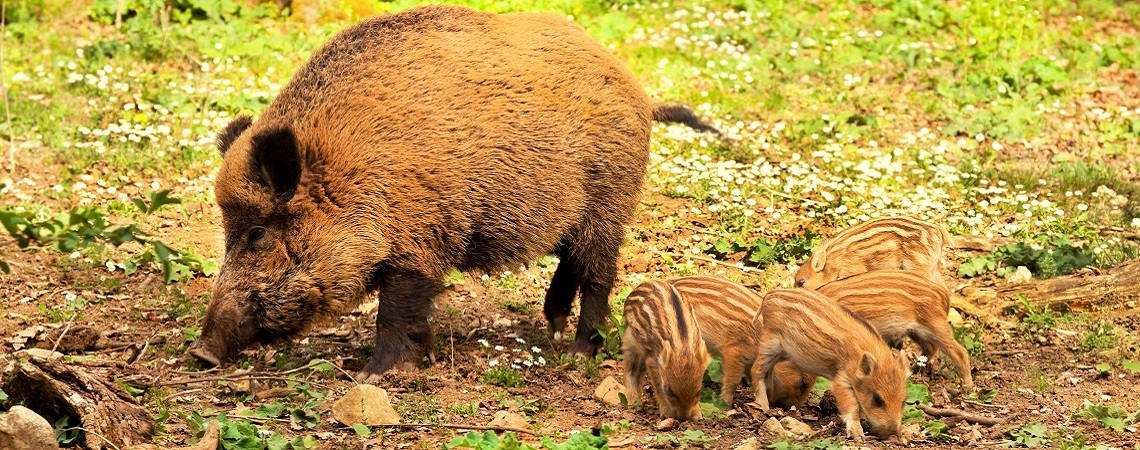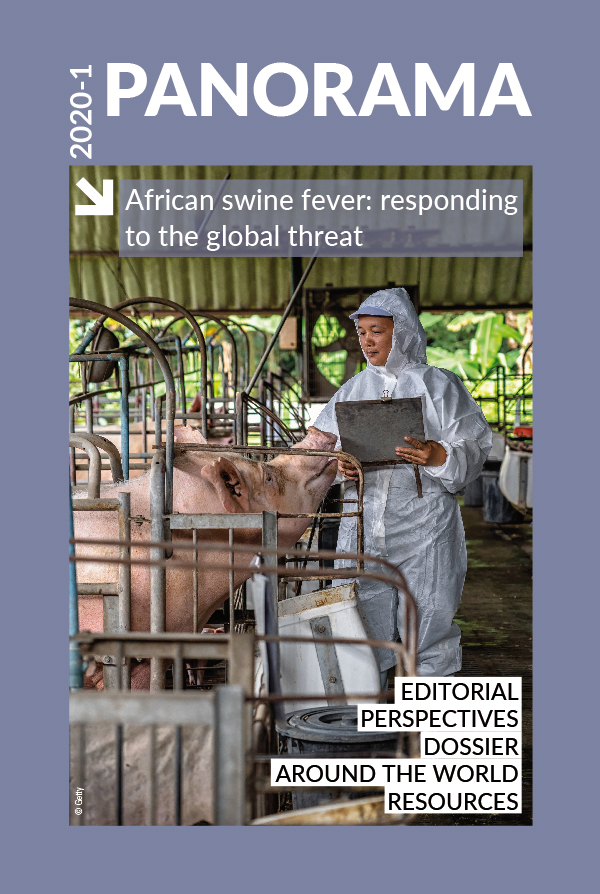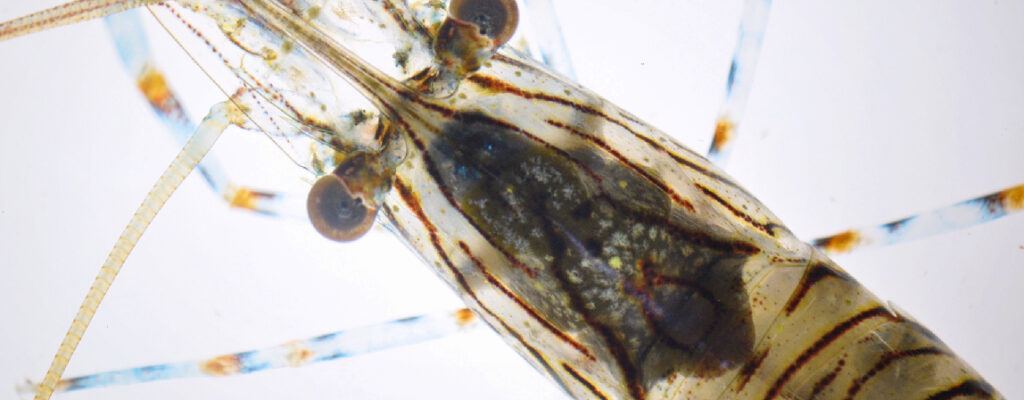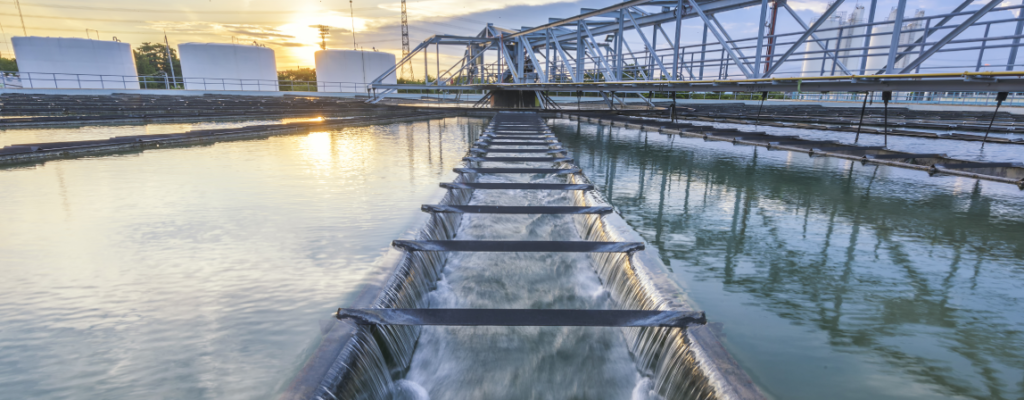Around the world Posted on 2020-07-07 10:58:59
Success stories
Lessons learned from successful eradication of ASF in the Czech Republic
Keywords
Authors
Charvátová P.(1)*, Wallo R.(1) & Šatrán P.(2)
(1) Counsellor – specialist, Division for Solution of Crisis Situations, Department of Animal Health and Welfare Protection, State Veterinary Administration (SVA), Brno, Czech Republic.
(2) Head of Veterinary Section, State Veterinary Administration (SVA), Prague, Czech Republic.
* Corresponding author: p.charvatova@svscr.cz
The designations and denominations employed and the presentation of the material in this article do not imply the expression of any opinion whatsoever on the part of the OIE concerning the legal status of any country, territory, city or area or of its authorities, or concerning the delimitation of its frontiers and boundaries.
The views expressed in this article are solely the responsibility of the author(s). The mention of specific companies or products of manufacturers, whether or not these have been patented, does not imply that these have been endorsed or recommended by the OIE in preference to others of a similar nature that are not mentioned.
The first occurrence of ASF was detected in two dead wild pigs in June 2017. The last ASF-positive cases were detected in February 2018 in hunted wild pigs, and in April 2018 in wild pigs found dead. All positive cases were detected in a small area (89 km²) in the Zlín District. There was no outbreak of ASF in domestic pigs.
The following is a brief overview of key control measures used for the successful eradication of ASF.
Early detection and surveillance
It is most important to have early detection of the presence of ASF virus based on passive surveillance in dead wild pigs, and ongoing intensive monitoring.
Zoning
The infected area was defined in compliance with the European Union legislation [1]. At the same time, the area with intensive hunting was determined. The infected area was divided into two parts: a) the high-risk zone (with positive findings), and b) the low-risk zone (Fig. 1).
Intensive search for wild pig carcasses
Carcasses of infected wild pigs constitute the greatest risk for the spread of ASF in wild pig populations and this is why an intensive search for wild pig carcasses was implemented in the infected area (Fig. 2). These carcasses were collected while observing strict biosecurity and were transported to a rendering plant.
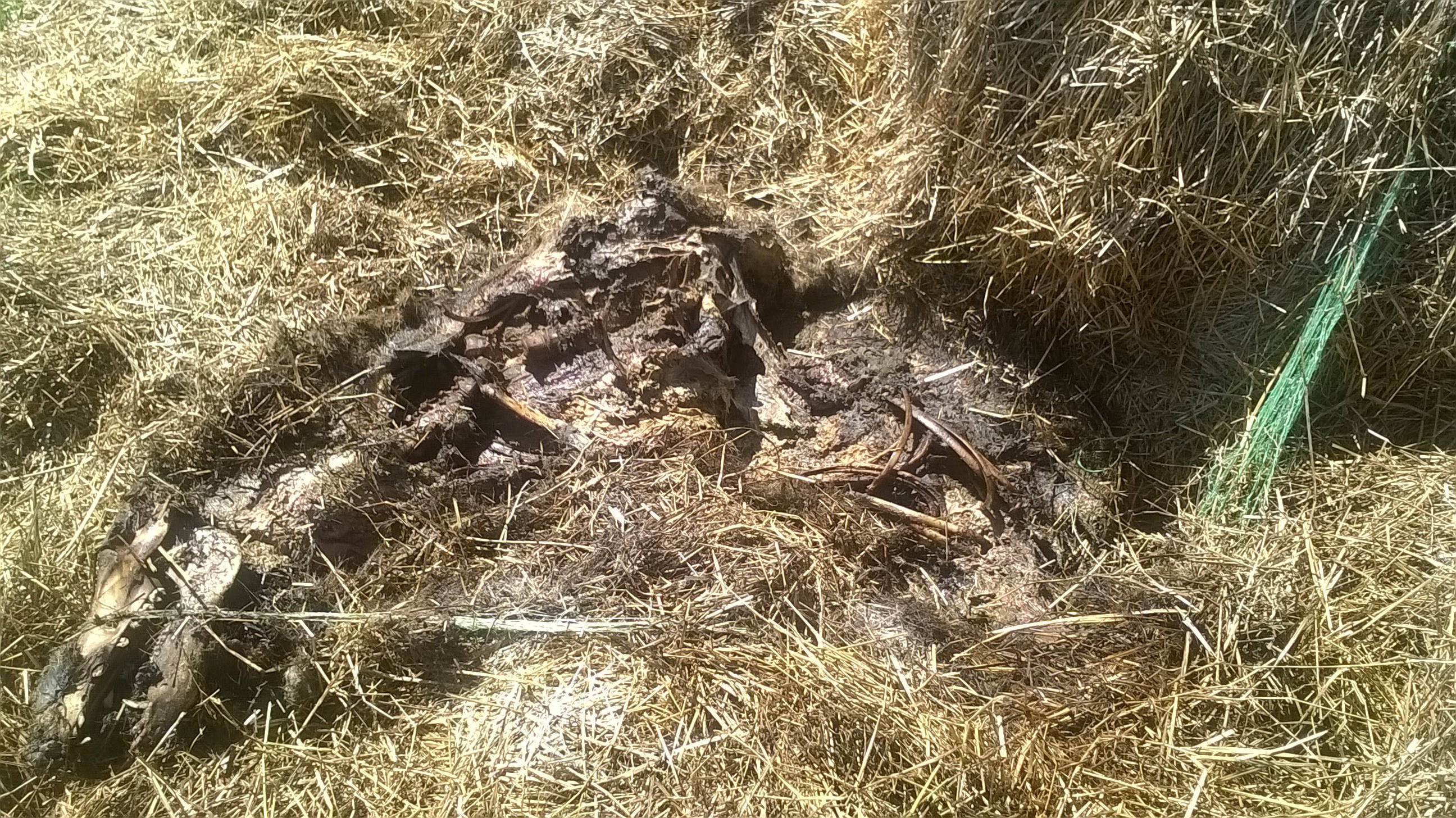
Preventing the migration of infected wild pigs
Hunting and feeding of wild pigs were strictly prohibited in the infected area. Some unharvested crops were left in the high-risk zone. Odour and electric fences were installed on the outer periphery of the high-risk zone, and a ban on entering this zone without permission was implemented.
Reduction of the population of wild pigs
After evaluation of the surveillance results, individual hunting in the infected area was allowed for approved hunters trained in biosecurity rules. At the end of the epidemic phase of the infection, police snipers helped to reduce the number of wild pigs in the high-risk zone.
Prevention of introduction to domestic pigs
The measures imposed included a ban on all movements of domestic pigs and products, official inspections of all pig farms targeted on biosecurity, and a wide public information campaign.
♦ More information about our experience is available in published texts [2, 3].
http://dx.doi.org/10.20506/bull.2020.1.3131
References
- European Commission (2017). – Commission implementing decision (EU) 2017/1437 of 4 August 2017 concerning certain protective measures relating to African swine fever in the Czech Republic.
- World Organisation for Animal Health (OIE) (2019). – Self-declaration of the recovery of freedom from African swine fever in all suids by the Czech Republic.
- Charvátová P., Wallo R., Jarosil T. & Šatrán P. (2019) – How ASF was eradicated in the Czech Republic. Pig Progress, 35, 26–29.




